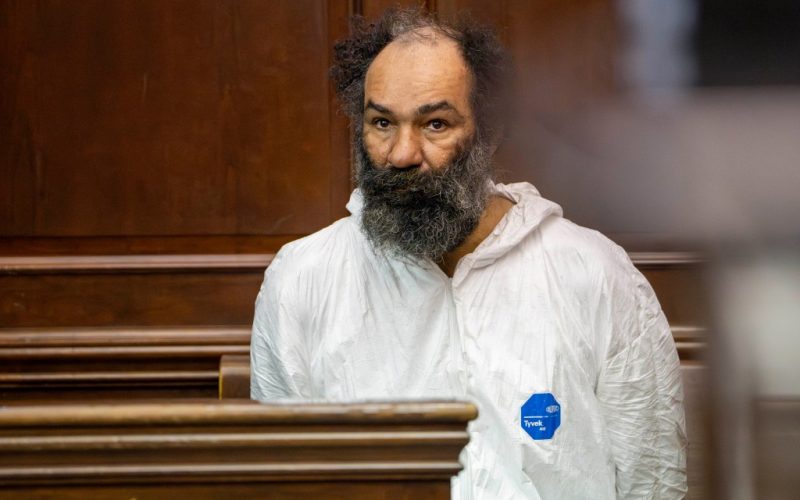Last week, our city witnessed two outbreaks of the kind of violence that keeps New Yorkers awake at night, wondering if they are safe walking in the streets in broad daylight, wondering if a similar attack will eventually happen to them.
In Manhattan, a violent recidivist knifed three people to death in three separate incidents. He had at least 10 prior arrests and had just been released from a jail sentence three months early — even though he had assaulted a correction officer while in custody at Bellevue.
The very next day, a paroled killer robbed a deli and smoke shop at gunpoint, then started a gun battle with police officers that left both a cop and a bystander wounded. He had 17 prior arrests, seven of which occurred while on lifetime parole, including arrests for burglary, menacing and robbery within the past year.
After both incidents, the same questions echoed in the minds of many New Yorkers:
Why was a mentally unstable repeat offender with a history of violence let out of jail before his sentence was up? Why wasn’t a lifetime parolee kept behind bars after he was arrested for additional violent crimes? And how were either of these known dangerous individuals allowed to return to our streets?
Unfortunately, whenever New Yorkers ask these questions, the response is often finger-pointing and rhetoric that obscures the specific issues at hand.
These cases highlight the big-picture issues in our justice system: the failure to effectively deal with the most violent repeat offenders, especially those who are brazen enough to attack police officers.
It is a fact that a variety of bad laws and broken processes contribute to these failures. It is also a fact that the system needs a thorough overhaul to strike a better public safety balance. But that isn’t an excuse for refusing to take targeted action to correct the most glaring flaws.
State lawmakers could immediately propose legislation to create a presumption of remand for parolees who are arrested for another violent crime, so that they remain behind bars while both their new case and parole violation proceedings move forward.
Our city could immediately end the practice of early release specifically for those who commit another violent crime — e.g. an assault on a correction officer or fellow inmate — while in custody.
These fixes might only apply to a tiny number of cases, but we’ve already seen the deadly cost of maintaining these small loopholes. There should be no hesitation or controversy in closing them. Moreover, these minor changes could serve as the impetus that brings all the parties to the table to create a new common-sense vision for justice in this state.
For that project to succeed, however, the public will need more information on exactly where and when the justice system is breaking down — not just in major cases, but every day.
Police officers are personally suffering the consequences of this daily dysfunction. 2024 is on pace to set the record for assaults against police officers (2023 is the current record holder). Over the past year, the PBA has spent a great deal of time monitoring these assault cases. We find that when a case is in the spotlight, the entire system does its job. But when public attention is elsewhere, the outcome is very different.
There is a clear need for greater transparency and accountability in our justice system, for both individual actors like judges and prosecutors, as well as entire institutions like parole and community supervision agencies.
Police officers know exactly what that kind of transparency looks like. Every aspect of our work — from the arrests we make, to the commendations we receive, to the disciplinary allegations made against us (even the meritless, disproven ones) — has been made readily searchable online.
It should be just as easy for the public to see whether our partners in public safety are doing their jobs…or failing to do them. The purpose of this kind of transparency would not be to simply assign blame. The goal is to identify and fix problems before they result in another tragedy.
Last week’s deadly crime sprees were frightening and disheartening for many who feel that they could have and should have been prevented. New Yorkers are right to ask why these dangerous criminals were allowed on the streets. But the time for simply repeating the question is over.
We need everyone with a responsibility for public safety in our city and state to start working together to provide an answer.
Hendry is president of the Police Benevolent Association.








